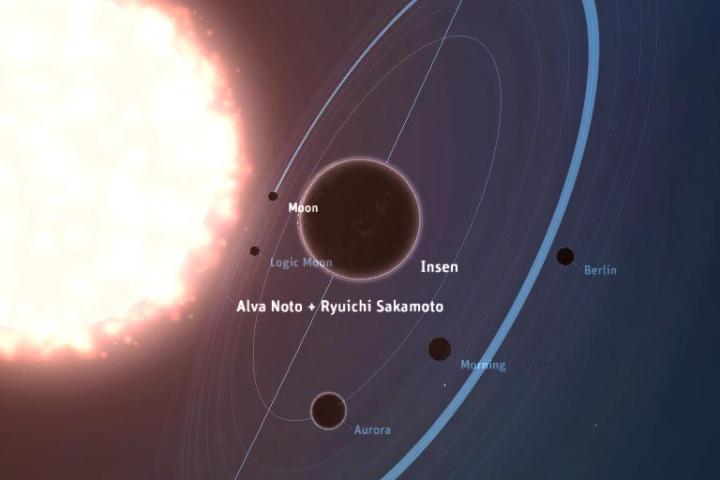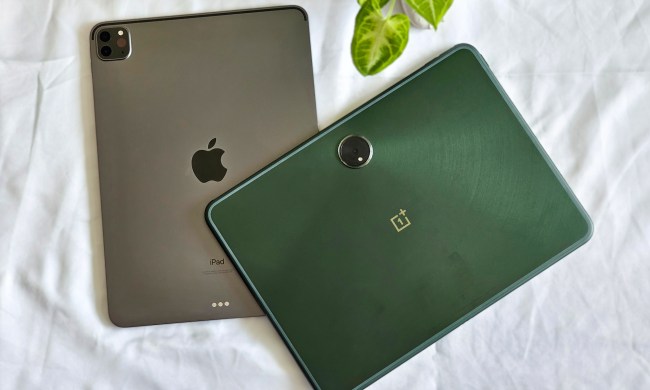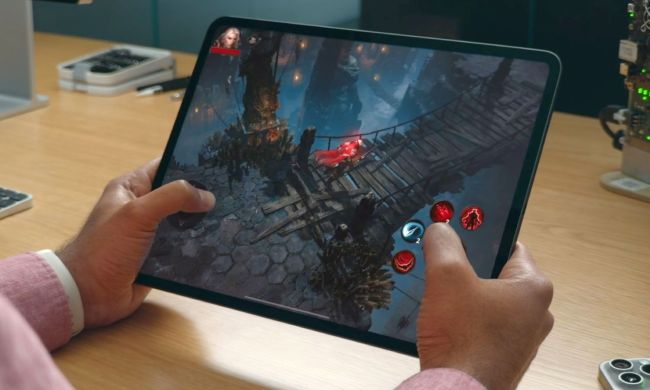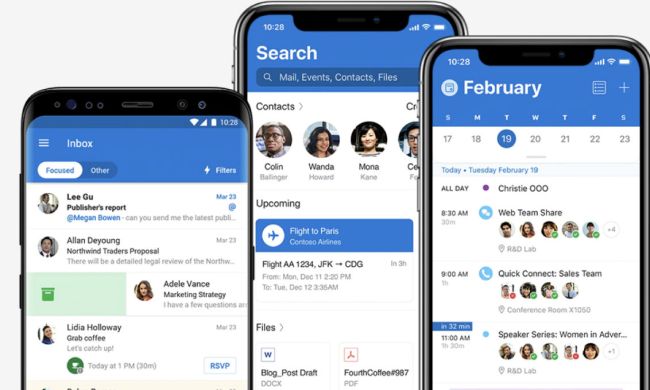
Museums are usually seen as institutions that collect various physical artifacts in order to put them on display for people to ooh and aww at, but the Smithsonian is taking a slightly different approach this time around, acquiring the code to Planetary, an iPad music app that displays your music collection as a solar system.
The code was donated to the Smithsonian’s Cooper-Hewitt National Design Museum in New York. The museum immediately open-sourced the code so that anyone could play around with it in hope that other apps would take advantage of the visualization effects offered.
This is the first time that the Smithsonian has added a piece of computer code to its growing collection of artifacts, and it might seem like an odd acquisition, but the institute says that it wants to showcase the artistic potential of computer programming, and the Planetary app is a great example of what coding can do as far as combining great visuals with science and space exploration.
Planetary was first released in 2011 and has been downloaded over 3.5 million times from the iTunes App Store. The app turns artists into suns, albums into planets, and individual tracks into moons, all of which orbit around each other. Orbit size is determined by the length of tracks, and the brightness of suns depending on how often a user plays music from each artist.
The Smithsonian wants to preserve software development, in a way, so that open-source code never goes out of style. And while this is the institute’s first piece of code, it could pave the way for further acquisitions of more programming code in the future.


